
PlasmoGEM - The Plasmodium Genetic Modification Project
PlasmoGEM currently works across three Plasmodium species.
P. berghei can infect laboratory mice, and is an extremely useful model species because it has a high transfection efficiency, and the entire life cycle can be recapitulated in a lab setting. For P. berghei we have both tools (large-insert genomic DNA libraries, artificial chromosome libraries for complementation and over-expression, gene knockout and epitope tagging vectors) and phenotypes (relative growth rates of asexual blood stages) available at genome-scale. All materials used in our pipelines as well as the final products are freely available to the non-profit research community and can be accessed via our dedicated website. All phenotypes are released as we generate them.

P. falciparum causes the overwhelming majority of malaria mortality, and blood stages can be grown in vitro in human red blood cells. PlasmoGEM is developing approaches to scale up P. falciparum genetics, using vectors for Cas9 and gRNA expression (pDC2) in combination with barcoded homologous repair (HR) templates (pCC1) to generate knock-outs for a subset of P.falciparum genes. This project is led by Mehdi Ghorbal in the Rayner team, and in collaboration with the Sanger Institute CGaP team. Please have a look at our tools webpage to access plasmid maps.
P. knowlesi is a zoonotic pathogen of humans, and is also a close relative of P. vivax, which causes the majority of malaria outside Africa, but which cannot currently be cultured in vitro. P. knowlesi has recently been adapted to growth in human red blood cells (Moon et al; Gruring et al), and PlasmoGEM is experimenting with scaling up genetics in the Moon strain. PlasmoGEM is generating vectors for Cas9 and gRNA expression (pK-U6Cas9) and using them in combination with barcoded homologous repair (HR) templates generated by PCR to generate knock-outs for a subset of P.knowlesi genes. This project is led by Alejandro Marin Menendez in the Rayner team, and in collaboration with the Sanger Institute CGaP team. Please have a look at our tools webpage to access plasmid maps.
Sanger people
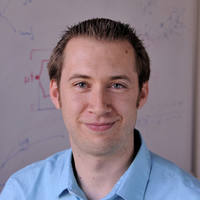
Mr Gareth Girling
Advanced Research Assistant
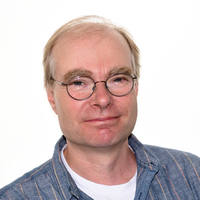
Dr Frank Schwach
Principal Bioinformatician
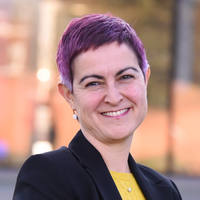
Burcu Bronner-Anar
Technician Commitment Manager
Previous Sanger people
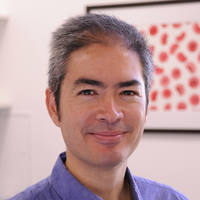
Dr Marcus Lee
Former Group Leader
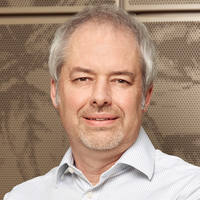
Dr Julian C Rayner
Former Senior Group Leader at the Sanger Institute and former Director of Wellcome Connecting Science
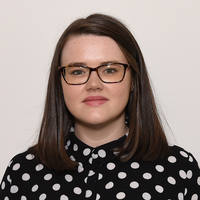
Hannah Bruce
Advanced Research Assistant
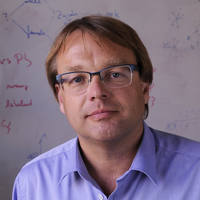
Dr Oliver Billker
Former Senior Group Leader
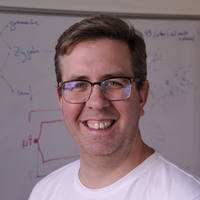
Tom Metcalf
Advanced Research Assistant
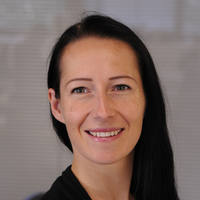
Dr Katharina Boroviak
Senior Staff Scientist